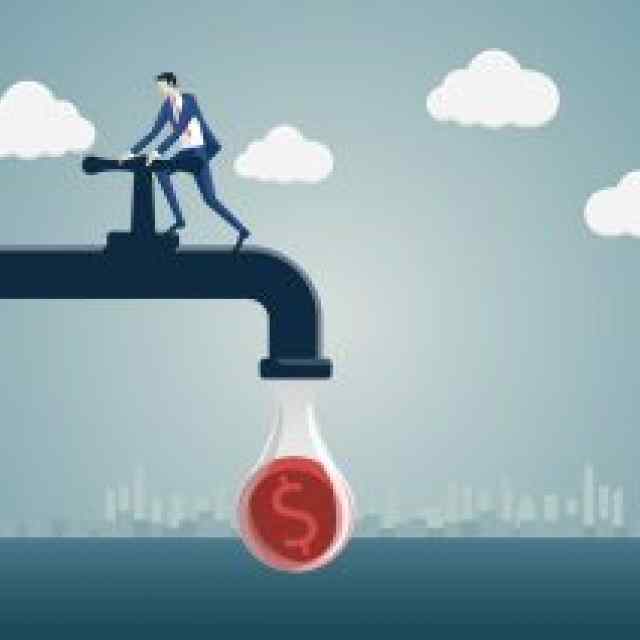
In a recent business seminar hosted by Mission Valley Bank, bank consultant Robert Dyck cited a statistic that 70% of businesses – large, mid, and small – fail due to cash flow problems. With three main sources of cash flow activity – operating, investing, and financing – he stressed how vital it is to understand and monitor cash flow in your business.
Michael Dell, founder of Dell Technologies, summed up his company’s lack of attention to cash inflows and outflows with an analogy. “We were always focused on our profit and loss statement. But, cash flow was not a regularly discussed topic. It was as if we were driving along, watching only the speedometer, when in fact we were running out of gas.”
Cash flow is the movement of money into and out of a business. It is a system of inflows – such as cash sales, receipts from debtors, sale of fixed assets, interest earned, grants, bank loans and outflows – payments to suppliers, wages and salaries, tax on profits, interest on loans and repayment, and dividends paid to shareholders to name a few.
In a perfect trading cycle, a business’ cash inflow would meet or outpace the timing of its outflow. For example, a business orders stock from a supplier with 75-day terms for payment. Production turns inventory into product, which is held until a customer is found. If that process takes 45 days and the customer who purchased the product is given 30-day payment terms, then the customer’s receivable will flow into the business just in time for the stock supplier to be paid.
Not every business cycle or transaction goes as planned. There are also outflows that are not as obvious. Sales that do not ultimately result in cash receipts are not sales, just outflows. Inventory purchased but never sold that takes up space is an outflow. That’s why a watchful eye on cash flow is so important.
What should a business do when they recognize they have a cash flow issue? Convert cash quickly in your Accounts Receivable for inflow. Actions may include Accounts Receivable financing, making deposits daily, setting up a lock box at your bank to accept payments directly, invoice often and accurately, credit check buyers, accept credit and debit cards, and set and enforce payment terms. Collect every Account Receivable and stop selling to past due accounts.
To manage outflows, get a handle on inventory and expenses. Excess inventory ties up cash so it’s best to reduce levels and sell obsolete inventory. Other actions to reduce outflows may be to control purchasing authority and eliminate low or no profit accounts. Using credit cards to pay Accounts Payable to slow the outflow is a quick and temporary fix.
If you find yourself in a negative cash flow situation, talk with your banker at the onset instead of waiting until it gets out of control. As a trusted advisor, your business banker is there to help.
